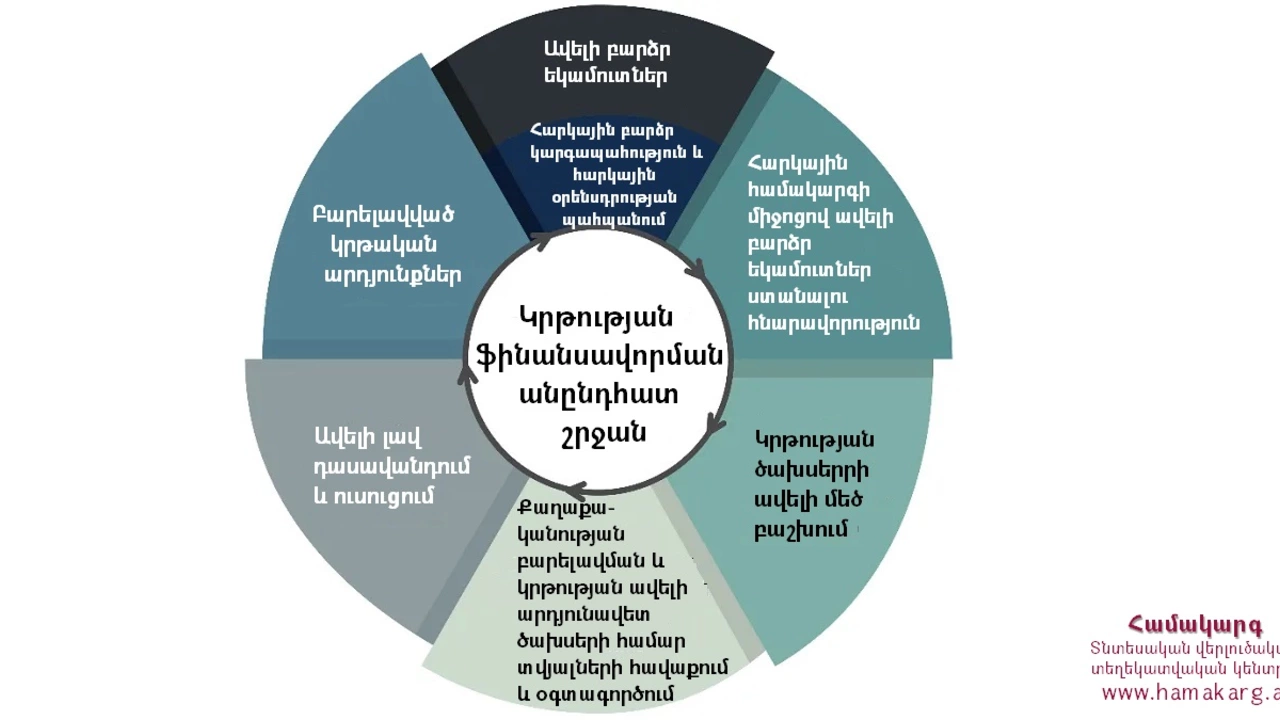Understanding Today’s Educational System
Ever wonder why the way schools are run feels different from one place to another? The answer lies in the educational system – the mix of rules, curricula, funding, and teaching methods that shape every classroom. Below we break down the biggest pieces that matter to students, parents, and teachers.
Curriculum and Its Real Impact
The curriculum is more than a list of topics. It decides what knowledge gets priority and how students are assessed. When a curriculum aligns with real‑world skills, learners walk away ready for jobs and life. When it’s outdated, students waste time on facts that won’t help them later. That’s why many experts stress updating curricula regularly to match industry needs and cultural shifts.
For example, linking math problems to everyday budgeting helps students see the relevance of numbers. Similarly, adding coding basics to science classes gives kids a head start in tech‑driven careers. A solid curriculum also supports inclusive education by offering multiple entry points for diverse learners.
Funding, Quality, and the Role of Online Learning
Government subsidies can make higher education accessible, but they also spark debate about value. Some argue that cheap tuition dilutes degree prestige, while others point out that wider access creates a more skilled workforce. The key is balance: enough funding to reduce barriers, but also standards that keep programs rigorous.
Online learning has become a game‑changer in this balance. High‑quality courses let students from remote areas study alongside city peers. When platforms invest in interactive content, clear assessments, and qualified instructors, the learning experience rivals brick‑and‑mortar schools. Poorly designed online programs, however, can leave learners frustrated and unprepared.
Look for courses that offer live support, regular feedback, and practical assignments. Those signals usually mean the provider cares about outcomes, not just enrollment numbers.
Special Education – A Must‑Know for Every Teacher
Special education isn’t a niche; it’s a core part of an inclusive system. Teachers who understand how to adapt lessons for students with disabilities create classrooms where everyone can thrive. This means knowing legal rights, learning to design Individualized Education Plans (IEPs), and collaborating with families.
Practical steps include using visual aids, breaking tasks into smaller steps, and offering flexible assessments. When teachers invest time in these strategies, they not only help students with special needs but also improve overall class engagement.
In short, a robust educational system blends a forward‑thinking curriculum, fair funding, quality online options, and strong support for special education. Keep an eye on these elements, and you’ll be better equipped to navigate today’s learning landscape.

What is the best way to improve the educational system?
In my opinion, the best way to enhance the educational system is by focusing on personalized learning, integrating technology, encouraging critical thinking, and supporting teacher training. It's essential to tailor the curriculum to each student's unique learning style to keep them engaged and motivated. Using technology in the classroom can help make learning more interactive and fun. Meanwhile, fostering critical thinking skills can empower students to become independent learners. Lastly, regular training and development opportunities for teachers ensure they are updated with the latest teaching methods and tools.
Read More